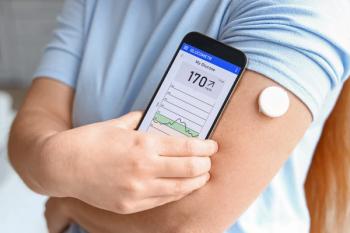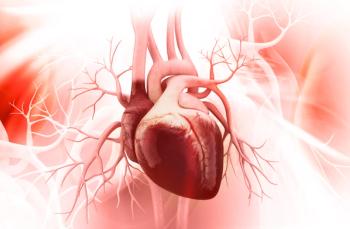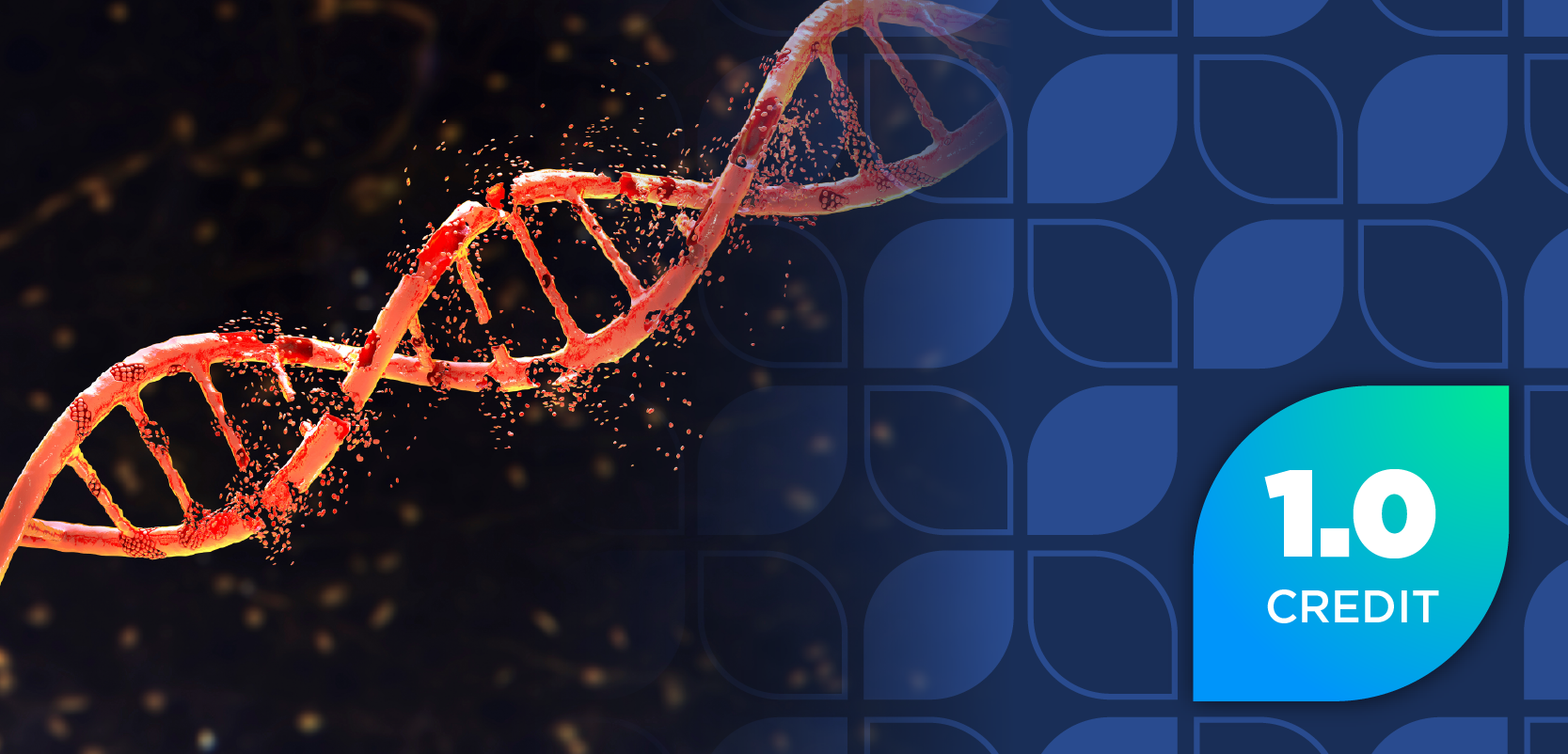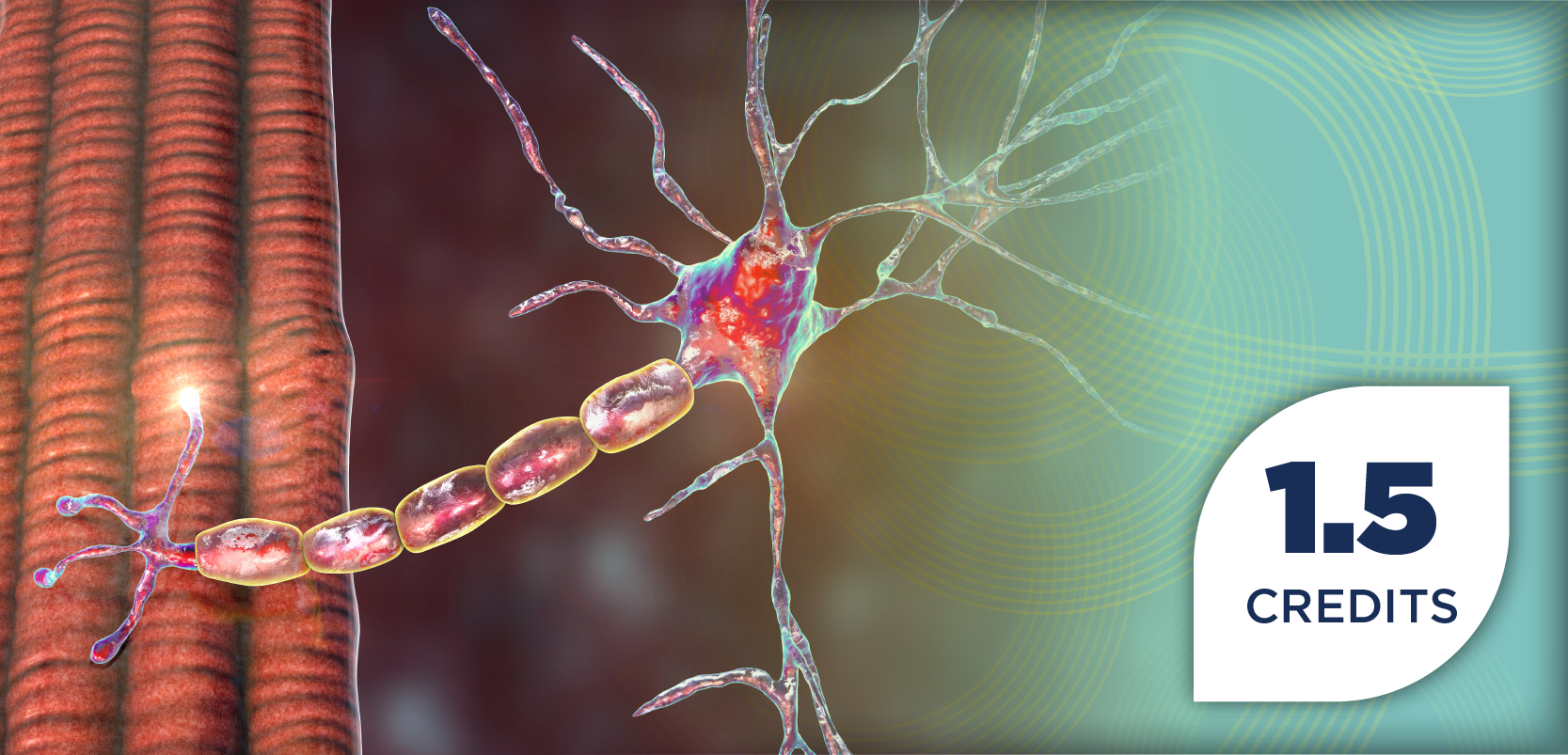
Integrating Combination Therapies for Type 2 Diabetes and CKD
Key Takeaways
- Cardiovascular risk is a leading cause of mortality in CKD, surpassing kidney failure until eGFR drops below 30 mL/min/1.73 m².
- Foundational therapies, including SGLT2 inhibitors and MRAs, offer dual-organ protection, reducing kidney failure and cardiovascular events.
Experts at AHA 2025 advocate for integrated care in T2D and CKD, emphasizing cardiovascular risk management to enhance patient outcomes.
At the American Heart Association (AHA) 2025 Scientific Sessions in New Orleans, experts emphasized a paradigm shift toward holistic management of patients with type 2 diabetes (T2D) and chronic kidney disease (CKD)—a shift that integrates cardiovascular, kidney, and metabolic risk into one continuum of care.1
Presenters underscored that cardiovascular risk remains the ultimate driver of mortality among individuals with CKD, often preceding kidney failure, and called for personalized, risk-based treatment frameworks that combine foundational drug classes to preserve both kidney and heart function.
Rethinking Risk: When Cardiovascular Death Surpasses Kidney Failure
Nephrology experts opened the session by challenging traditional approaches that treat kidney and heart disease separately. Real-world data from the CURE-CKD registry—a joint initiative between Providence Health and UCLA—highlighted that for patients with diabetes and CKD, the risk of cardiovascular death surpasses the risk of kidney failure until estimated glomerular filtration rate (eGFR) drops below approximately 30 mL/min/1.73 m.2
“This tells us that many of our patients will die of cardiovascular causes long before they ever reach dialysis,” one speaker explained. “It’s almost a survivorship badge to get to CKD stage 5” said Janani Rangaswami, MD, FACP, FCRS, FAHA.1
The evidence departs from the traditional view that CKD is only a renal disorder, instead presenting it as a systemic disease where metabolic and vascular dysfunction are closely related. The common thread that runs through the damage of the kidney and the heart is the same set of factors—visceral adiposity, inflammation, oxidative stress, and neurohormonal activation—which accelerates the injury of both organs. The KDIGO heat map—plotting eGFR against albuminuria—provides a visual representation of the risk continuum: even slight changes in the albumin-to-creatinine ratio of the urine (uACR) are associated with an increase in total and cardiovascular mortality.3
These insights have prompted the nephrology field to evolve from a “protect the kidneys” mindset to one focused on “saving kidneys, hearts, and lives.”
Evidence Behind Foundational Therapies
The past 6 years have marked a renaissance in CKD treatment, driven by outcome trials that demonstrate simultaneous cardiovascular and renal benefits. Early Sodium-Glucose Cotransporter 2 (SGLT2) inhibitor studies showed consistent reductions in kidney failure, heart failure hospitalization, and all-cause mortality.
Nonsteroidal mineralocorticoid receptor antagonists (MRAs) like finerenone built on this foundation through the complementary FIDELIO-DKD (NCT02540993)4 and FIGARO-DKD (NCT02545049)5 trials, which together enrolled nearly 13,000 high-risk individuals with T2D and CKD. Pooled analyses revealed significant risk reductions for both kidney and cardiovascular endpoints—demonstrating the dual-organ protection possible when these therapies are layered on top of standard RAS inhibition.
Recent data even extend these advantages farther. Studies including SOLOIST (NCT03521934)6 and CONFIDENCE (NCT05254002)7 have examined combination therapies (SGLT2 inhibitor plus finerenone) and shown that there are additive effects resulting in albuminuria, blood pressure, and cardiovascular events being reduced. This indicates that the topic is not only about saving the organ but also about the possibility of kidney disease remission.
From Sequential to Risk-Stratified Combination Therapy
Speakers called on clinicians to tailor the treatment level to the patient's needs by using a tetrad risk framework they defined. This involved evaluating absolute risk, competing cardiovascular risk, residual kidney risk, and safety risk for each individual. While albuminuria continues to be a mainstay of residual risk, the use of other parameters such as the changes in eGFR and composite cardiovascular scores is gaining more and more weight.1
While some propose sequential addition of therapies, others favor simultaneous or accelerated initiation for high-risk patients. Modeling analyses suggest that implementing all four therapeutic pillars—RAS inhibitors, SGLT2 inhibitors, nonsteroidal MRAs, and GLP-1 receptor agonists—could reduce major adverse cardiovascular events by 35% and heart failure hospitalizations by over 50% compared with standard care.1
Implications for Pharmacists
Pharmacists are instrumental in making this new framework, understandable and feasible in the real world. They can go through the albumin-to-creatinine ratio (uACR) in urine and the eGFR results to spot patients who need a combination of drugs and make sure that they get intervention on time.
Also, pharmacists, by giving instructions to the doctors on how to safely start and gradually increase the dose of SGLT2 inhibitors, mineralocorticoid receptor antagonists (MRAs), and GLP-1 receptor agonists, help in the proper ordering of therapy. They especially do it when dealing with the management of the overlapping side effect profiles, such as hyperkalemia or dehydration. Pharmacists, through patient education, build the brand loyalty and make patients acquainted with the fact that each one of those agents is for their heart and kidneys and that these agents work synergistically.
Moreover, pharmacists, by working in close collaboration with cardiology, nephrology, and primary care teams, are the key drivers of coordinated care and can be relied upon for the follow-up to agree. Their function will be crucial in moving the treatment from the protection of a single organ to an integrated risk-matched strategy that preserves kidneys, makes hearts stronger, and, in the end, saves lives as the cardio-kidney-metabolic specialty keeps on developing.
REFERENCES
Rangaswami J, Michos E. Diabetes, CKD and CVD Risk: From Mechanisms to Management. Presented at: American Heart Association 2025 Scientific Sessions. November 7-10, 2025. New Orleans, Louisiana
Tuttle KR, Alicic RZ, Duru OK, et al. Clinical Characteristics of and Risk Factors for Chronic Kidney Disease Among Adults and Children: An Analysis of the CURE-CKD Registry. JAMA Netw Open. 2019;2(12):e1918169. Published 2019 Dec 2. doi:10.1001/jamanetworkopen.2019.18169
CKD Early Identification & Intervention Toolkit. Accessed November 8, 2025. chrome-extension://efaidnbmnnnibpcajpcglclefindmkaj/https://kdigo.org/wp-content/uploads/2019/01/ISN_KDIGO_EarlyScreeningBooklet_WEB_updatedOct11.pdf
CTG Labs - NCBI. clinicaltrials.gov.
https://clinicaltrials.gov/study/NCT02540993 CTG Labs - NCBI. clinicaltrials.gov.
https://clinicaltrials.gov/study/NCT02545049 ClinicalTrials.gov. clinicaltrials.gov.
https://clinicaltrials.gov/study/NCT03521934 CTG Labs - NCBI. clinicaltrials.gov.
https://clinicaltrials.gov/study/NCT05254002
Newsletter
Stay informed on drug updates, treatment guidelines, and pharmacy practice trends—subscribe to Pharmacy Times for weekly clinical insights.
















































































































































































































